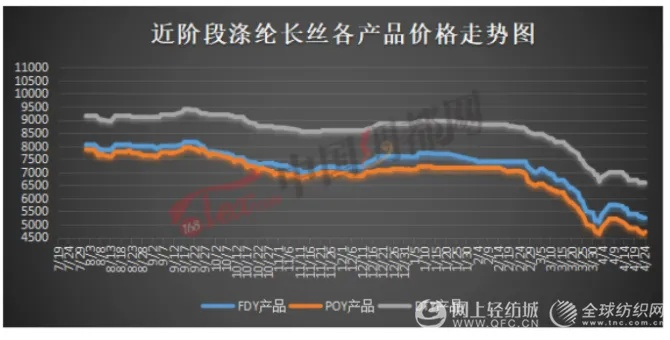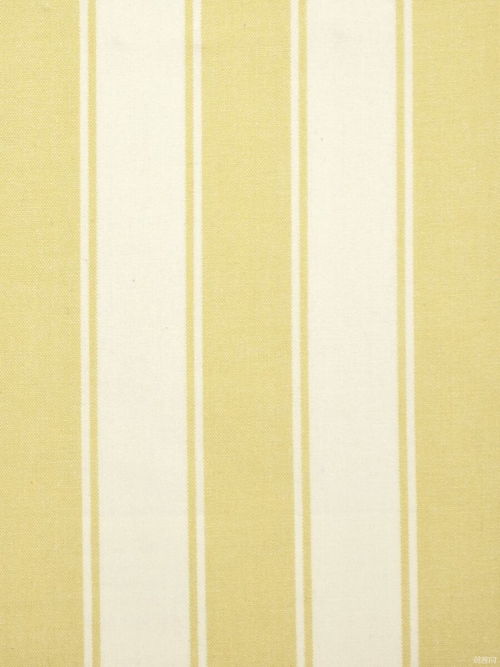Essential Inspection Items for Export Textiles
: Essential Inspection Items for Export Textiles,In the global textile market, exporting high-quality textile products is crucial for maintaining competitiveness and expanding markets. To ensure that these textiles meet international standards and meet consumer expectations, thorough inspections are essential. The following are the key inspection items for export textiles:,1. Quality Control: This involves testing the fabric's texture, color, and pattern to ensure uniformity and consistency throughout the product.,2. Size Verification: Measurements of the size of each piece must be accurate to avoid mismatched sizes in the finished product.,3. Finishing Quality: Tests should be conducted on the dyeing, washing, pressing, and finishing processes to ensure they meet industry standards.,4. Packaging and Shipping: The packaging materials used must comply with international regulations, and the shipping process must be efficient to prevent damage during transit.,5. Environmental Impact: Exporters must ensure that their textile products do not harm the environment or pose a threat to human health.,6. Compliance with Laws and Regulations: Exporters must comply with all relevant laws and regulations related to textile products, including those related to labor rights, environmental protection, and consumer safety.,By conducting comprehensive inspections on these essential items, exporters can increase their chances of meeting customer demands and gaining trust in their brand reputation.
Introduction: Textile products are a significant part of global trade, and the quality and safety of these items are critical to their success in foreign markets. Proper inspection ensures that textiles meet international standards and regulations, protecting consumers from unsafe and potentially harmful materials. In this guide, we will explore the key inspection items for exporting textiles, including physical properties, colorfastness, and toxicity tests. We will also provide an overview of an example case study highlighting the importance of thorough inspection in ensuring compliance with export regulations.
Physical Properties: The physical properties of textiles are essential for their functionality and durability. Common inspection items include weight, thickness, and density measurements. These measurements help determine the strength and resilience of the fabric, which can impact its ability to withstand wear and tear over time. For instance, high-quality cotton fabrics may have a specific weight range to ensure comfort and breathability, while polyester fabrics might be tested for their thickness and density to ensure they do not pill or fray easily.
Colorfastness: Colorfastness is a crucial aspect of textiles, especially when it comes to garments. It refers to how well colors on textiles remain vibrant and unchanged over time, even after washing, sweating, or exposure to sunlight. Inspectors typically check for colorfastness using standardized dye tests, such as the CIE (International Commission on Illumination) color difference test or the ASTM (American Society for Testing Materials) color fastness test. These tests evaluate the degree to which the color fades or changes after various washing cycles and conditions.
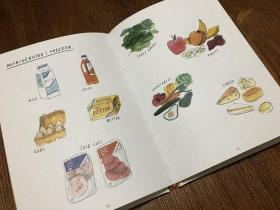
Toxicology Tests: In addition to physical and colorfastness tests, textiles must pass toxicological assessments to ensure they pose no health risks to the consumer. These tests assess the levels of hazardous substances present in textiles, such as heavy metals, pesticides, and flame retardants. The results of these tests are crucial for regulatory bodies to ensure that textiles are safe for human use and do not pose potential health risks. For example, if a textile contains high levels of lead, it could be banned from international markets due to its potential harm to human health.
Example Case Study: One example of successful textile export involves a company that specializes in producing high-quality silk scarves. The company's products were subject to rigorous inspection by customs officials, who required them to undergo several different tests, including physical properties, colorfastness, and toxicology assessments. The company's team worked closely with the inspectors to ensure that all testing procedures were followed accurately and efficiently. As a result, the company's silk scarves passed all inspection requirements and were successfully exported to various countries worldwide. This case highlights the importance of thorough inspection in ensuring the success of textile exports and protecting consumer interests.
Conclusion: In conclusion, proper inspection is essential for the successful export of textiles. Inspectors must carefully evaluate physical properties, colorfastness, and toxicology tests to ensure that textiles meet international standards and regulations. By doing so, companies can avoid costly penalties and protect their reputations in foreign markets. An example case study demonstrates the importance of thorough inspection in ensuring compliance with export regulations and securing successful textile exports.
出口纺织品的检验项目概述
出口纺织品的检验项目主要包括纤维成分、纱线质量、织物性能等多个方面,以下将详细介绍这些检验项目及其具体内容。
纤维成分检验
纤维成分检验是确保出口纺织品符合国际标准的重要环节,主要检验项目包括纤维类型、含量、纯度等,对于纯棉纺织品,需要检测其纤维类型是否为天然棉,含量是否符合标准,以及纯度是否达到国际认证标准。
纱线质量检验
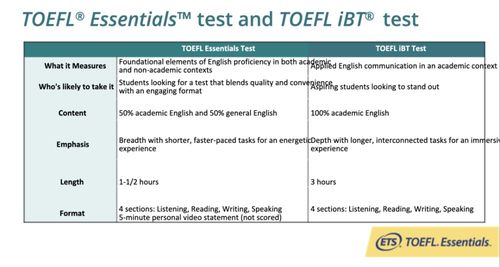
纱线质量检验主要关注纱线的强度、均匀度、弹性等性能,可以通过显微镜观察纱线的结构,检查是否存在纱线断裂、杂质等问题,还可以通过拉力测试、弯曲测试等实验方法,评估纱线的质量。
织物性能检验
织物性能检验包括织物的透气性、吸湿性、耐磨性等,可以通过实验测试方法,如透气性测试仪、吸湿性测试仪等,评估织物的性能,还可以通过织物外观检测、手感检测等方法,进一步了解织物的质量。
案例分析
以某出口纺织品为例,详细说明其检验项目及案例分析。
出口纺织品检验项目
该出口纺织品的主要检验项目包括纤维成分、纱线质量和织物性能,在纤维成分方面,需要进行纤维类型、含量和纯度的检测;在纱线质量方面,需要进行拉力测试和弯曲测试;在织物性能方面,需要进行透气性测试和耐磨性测试。
案例说明
某出口纺织品是由高品质的天然棉纤维制成,其纤维类型为纯棉,含量符合国际标准,纯度达到国际认证标准,在纱线质量方面,经过严格的检测,发现纱线强度高、均匀度高、弹性好,符合出口纺织品的质量要求,在织物性能方面,经过测试发现该纺织品具有优良的透气性和耐磨性,符合出口市场的需求。
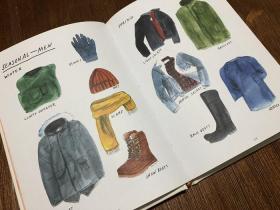
检验项目补充说明
检验流程
出口纺织品的检验流程一般包括样品接收、样品准备、检验实施、结果报告等环节,在样品接收环节,需要仔细核对样品信息,确保样品符合检验要求;在样品准备环节,需要按照检验标准准备好相关检测设备、试剂等;在检验实施环节,需要进行各项检验实验,并记录实验数据;在结果报告环节,需要按照国际标准或行业标准出具检验报告。
检验设备及试剂说明
在出口纺织品的检验中,需要使用各种专业的检验设备及试剂,纤维成分检测需要使用显微镜、电子天平等设备;纱线质量检测需要使用拉力测试仪、弯曲测试仪等设备;织物性能检测需要使用透气性测试仪、耐磨性测试仪等设备,还需要使用各种化学试剂和标准样品进行实验测试。
出口纺织品的检验项目主要包括纤维成分、纱线质量和织物性能等多个方面,在检验过程中,需要严格按照国际标准和行业标准进行操作,确保检验结果的准确性和可靠性,还需要加强质量控制和风险管理,提高出口纺织品的品质和竞争力。
Articles related to the knowledge points of this article:
The Story of Anqing Development Zone Jinzhe Textile Wholesale Department

